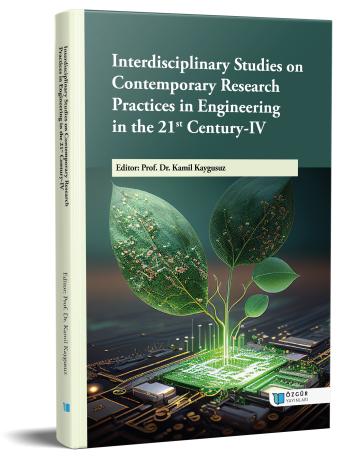
4H-SiC Radiation Detectors: Properties and Detection Mechanisms
Şu kitabın bölümü:
Kaygusuz,
K.
(ed.)
2023.
21. Yüzyılda Mühendislikte Çağdaş Araştırma Uygulamaları Üzerine Disiplinler Arası Çalışmalar IV.
Özet
4H-SiC radiation detectors possess characteristics that make them suitable, for a range of critical applications. This chapter presents an overview of these detectors, including their material properties, manufacturing processes and application in different situation and environments. 4H-SiC polytype stand out compared to conventional materials used for radiation detection, especially in radiation-harsh and very high temperature environments due to its superior physical, electrical, optical, and thermal properties. With its wide bandgap, high radiation resistance and efficient charge transport mechanisms, 4H-SiC detectors are highly capable of accurately measuring different types of incident radiation. 4H-SiC Schottky Barrier Diodes (SBD) especially show great detection capability in detecting alpha particles but also show great promise in Thermal Neutron detection, and X-ray and Gamma ray detection. These detectors excel in areas such as spectral response, energy resolution, stability and reliability. As a result, 4H-SiC is slowly becoming a sought-out material in nuclear radiation detection, X-ray and gamma ray imaging, as well as medical imaging applications. Whether it is safeguarding against threats or enhancing industrial quality control or healthcare practices; 4H-SiC radiation detectors have the ability in tackling complex challenges, across various applications and environments which makes this semiconductor polytype a real candidate to take over conventional ionizing radiation detector materials place in various detection applications in the future.

